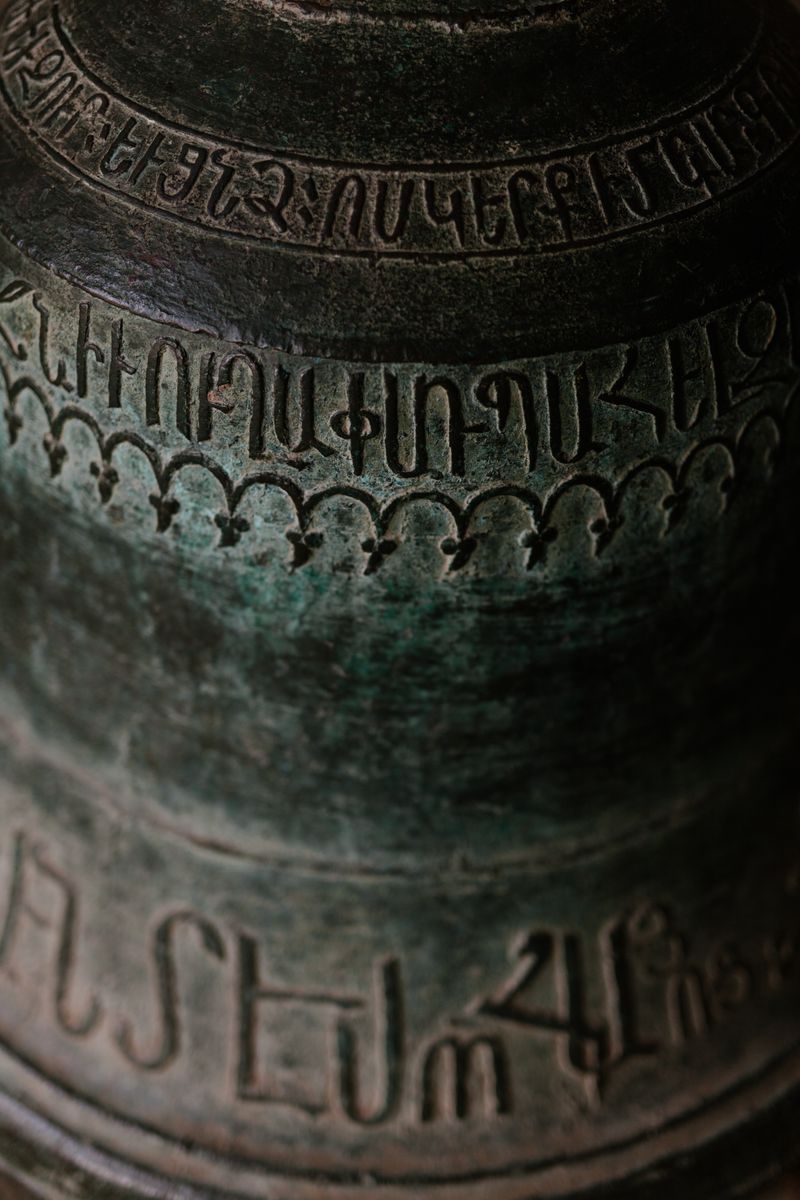President Biden Designates National Monument Honoring Emmett Till and his Mother
The Significance of the Monument
In a significant move, President Biden will designate a national monument to honor Emmett Till and his mother, Mamie Till-Mobley, both who played crucial roles in the civil rights movement. The monument will be established across three locations in Illinois and Mississippi, seeking to protect the places that tell Till’s story and commemorate the activism of his mother. This decision comes at a time when the United States is grappling with issues of racial injustice and seeking to reckon with its painful past.
Emmett Till’s Tragic Story
In August 1955, Emmett Till, a 14-year-old Black boy from Chicago, was brutally abducted, tortured, and killed by two white men, Roy Bryant and J.W. Milam, after Till allegedly whistled at Bryant’s wife in a grocery store in Mississippi. Despite overwhelming evidence against the perpetrators, they were acquitted by an all-white jury. However, they later confessed to the killing in a magazine, and even the shopkeeper’s wife, Carolyn Bryant Donham, admitted to lying about Till’s actions.
Mamie Till-Mobley’s Role in Keeping Till’s Memory Alive
Mamie Till-Mobley, Emmett Till’s mother, played an instrumental role in keeping her son’s story alive and ensuring that his murder would not be forgotten. She made the brave decision to have an open-casket funeral service, allowing the world to witness the brutality inflicted upon her son. The images of Till’s mutilated body shocked the nation and became a catalyst for the civil rights movement.
The Sites of the National Monument
The national monument will encompass three significant locations that are deeply tied to Emmett Till’s story. The Roberts Temple Church of God in Christ in Chicago, where Till’s funeral service was held, will be one of the honored sites. This church played a crucial role in providing a platform for the community to mourn and galvanize the fight against racial injustice.
In Mississippi, Graball Landing, the spot where Till’s body was recovered from the Tallahatchie River, will also become a monument. This location is significant as it symbolizes the end of Till’s tragic life but also serves as a reminder of the violence and racism that plagued the nation.
The Tallahatchie County Second District Courthouse, where Till’s killers were acquitted by an all-white jury, will be the third site of the national monument. This courthouse represents the systemic failures that allowed racial violence to go unpunished and underscores the need for continued vigilance in the pursuit of justice.
Preserving Memory and Confronting the Past
The designation of a national monument for Emmett Till and his mother is a powerful statement about the importance of preserving collective memory and confronting the painful chapters of our history. It serves as a reminder of the work that still needs to be done to address racial injustice and inequality.
The Legacy of Emmett Till
Emmett Till’s story is not just a historical event; it is a testament to the resilience and strength of those who have fought against racial discrimination. By commemorating Till’s life and the sacrifices made by his mother, the national monument sends a message that their struggle against racism and brutality will never be forgotten.
The Role of National Monuments in Shaping Collective Identity
National monuments have always played a crucial role in shaping a nation’s collective identity and memory. They serve as tangible reminders of important historical events and the individuals who have shaped the course of history. By designating a national monument for Emmett Till, President Biden acknowledges the significance of his story and reaffirms the nation’s commitment to justice and equality.
Editorial and Advice
The designation of a national monument for Emmett Till and his mother is a step in the right direction, but it must be accompanied by continued efforts to address systemic racism and inequality. While monuments serve as powerful symbols, they must be backed by concrete actions to dismantle discriminatory policies and ensure justice for all.
Educating Future Generations
The national monument should not just be a static memorial but a living educational resource. It should be accompanied by robust educational programs that teach young people about the legacy of Emmett Till, the civil rights movement, and the ongoing struggle for racial justice. By incorporating these lessons into the curriculum, we can ensure that future generations understand the importance of equality and actively work towards a more just society.
Reflecting on Current Issues
The designation of the national monument comes at a time when the United States is grappling with issues of racial injustice and inequality. It serves as a reminder that the fight for justice is ongoing and highlights the need for systemic reforms to address the root causes of racism. As a nation, we must reflect on our history, acknowledge our failures, and take concrete steps to build a more inclusive and equitable future.
In conclusion, the designation of a national monument honoring Emmett Till and his mother is a significant step towards acknowledging the enduring legacy of racial injustice in the United States. It serves as a reminder of the work that still needs to be done to address systemic racism and inequality. As a nation, we must confront our painful past, educate future generations, and take tangible action to ensure justice for all.

<< photo by Julia Volk >>
The image is for illustrative purposes only and does not depict the actual situation.
You might want to read !
- “Netanyahu’s Health Woes Intensify as Israel’s Judicial Reform Vote Looms”
- The U.S. Women’s National Soccer Team: Off to a Strong Start in the World Cup
- “Opinion: Unpacking the YNW Melly Mistrial: A Closer Look at the Outcome”
- The David and Goliath Clash: Can Wrexham Overcome Chelsea?
- Tragedy Strikes: Remembering Cody Ince, the Promising Athlete Taken Too Soon
- Tragedy Strikes: Remembering Danielle Ballard, Former LSU Player
- Exploring the Boundaries of Artistic Expression: Controversial Oppenheimer Sex Scenes in the Spotlight
- “Taking the Spotlight: Miranda Lambert Shines Light on the Selfie Obsession at Concerts”
- The Rivers’ Roster Grows: Former NC State QB Philip Rivers and Wife Tiffany Expecting 10th Child




